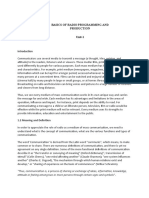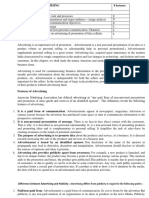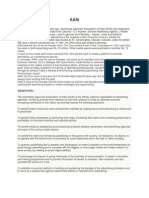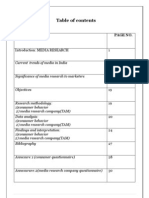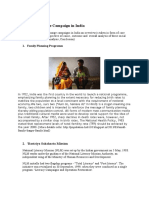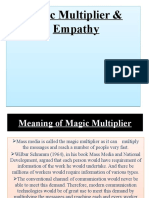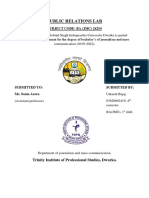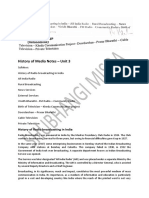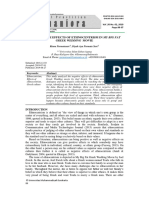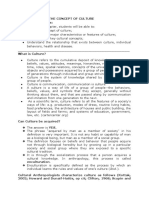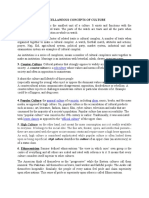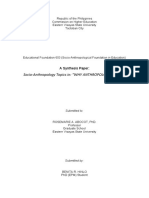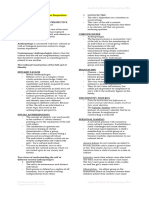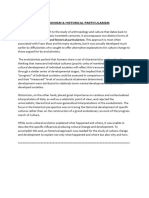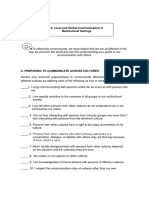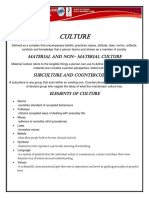0% found this document useful (0 votes)
2K views12 pagesDefinitions and Importance of Organizational Communication
Organizations rely on effective communication to function properly. Communication allows managers to plan, organize, lead, and control organizational activities. It is estimated that managers spend approximately 6 hours per day communicating through various formal and informal channels. Effective communication promotes motivation, informs decision-making, shapes attitudes, and assists with controlling employee behavior. The main types of organizational communication include formal downward communication from superiors to subordinates, informal grapevine communication, and formal upward communication of feedback and suggestions from subordinates to superiors. Overall, communication acts as the lifeblood that allows all parts of an organization to work together efficiently.
Uploaded by
ShubhangiCopyright
© © All Rights Reserved
We take content rights seriously. If you suspect this is your content, claim it here.
Available Formats
Download as DOCX, PDF, TXT or read online on Scribd
0% found this document useful (0 votes)
2K views12 pagesDefinitions and Importance of Organizational Communication
Organizations rely on effective communication to function properly. Communication allows managers to plan, organize, lead, and control organizational activities. It is estimated that managers spend approximately 6 hours per day communicating through various formal and informal channels. Effective communication promotes motivation, informs decision-making, shapes attitudes, and assists with controlling employee behavior. The main types of organizational communication include formal downward communication from superiors to subordinates, informal grapevine communication, and formal upward communication of feedback and suggestions from subordinates to superiors. Overall, communication acts as the lifeblood that allows all parts of an organization to work together efficiently.
Uploaded by
ShubhangiCopyright
© © All Rights Reserved
We take content rights seriously. If you suspect this is your content, claim it here.
Available Formats
Download as DOCX, PDF, TXT or read online on Scribd
/ 12


